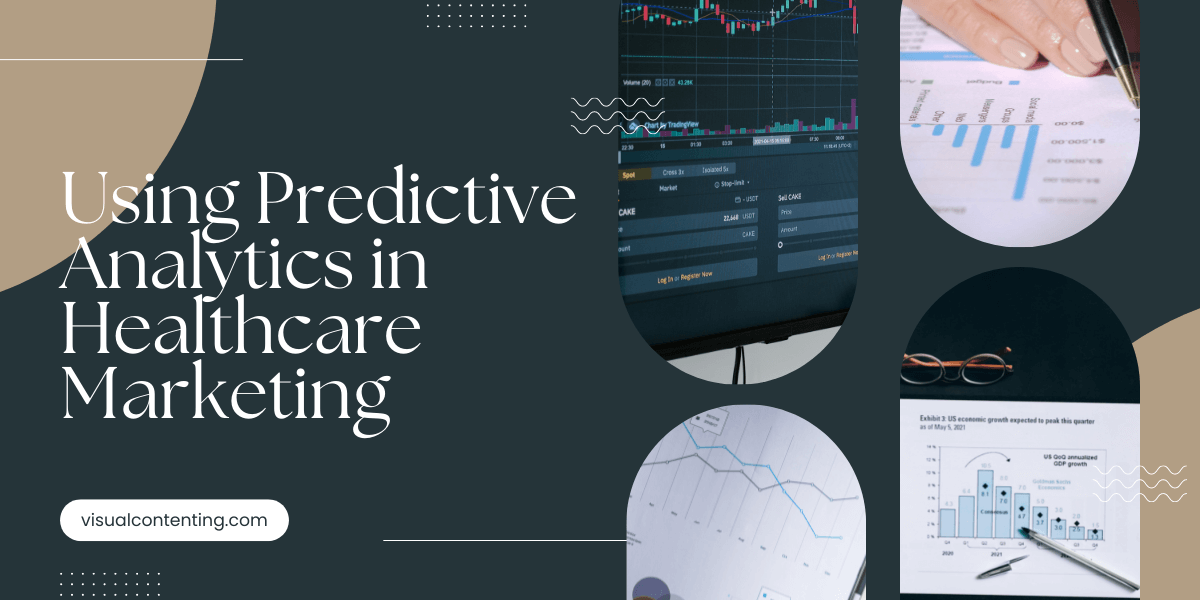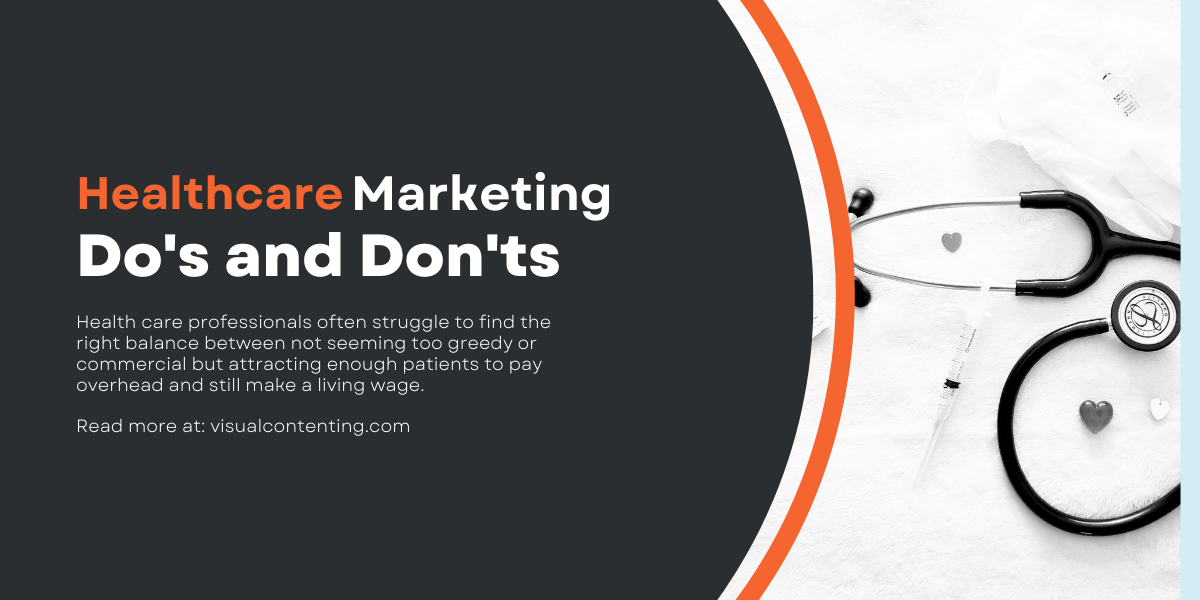Effective health care marketing is the key to connecting potential patients with the right doctor and facility. Predictive analytics can help marketers reach people so they can get the best care possible. Tools can identify signals that indicate what patients need when they search for medical resources online.
There are some important things to know when using these health care marketing tools.
How Does Predictive Analytics Work in Health Care?
Predictive analytics involves using clues in search data to predict what a potential patient is looking for. Today, whenever most people have a medical concern, one of the first things they do is go online and use a search engine to gather information.
This can be a confusing stage for the patient because they may not be sure yet what medical care they need. Health care marketers can use predictive analytics to interpret these clues, such as searches for certain symptoms, and help direct them toward doctors who can help.
For example, say a mother is searching for queries like “symptoms of a twisted ankle” or “how to fix a twisted ankle.” Her recent search history also includes “kids soccer equipment” or “kids soccer teams near me.” From this data, predictive analytics could tell health care marketers that this woman is probably in need of an urgent care facility that can treat an ankle injury one of her children sustained while playing a sport.
The health care marketer can strategically place ads or pages in her search results so she can take a look at an urgent care facility where she could get help.
Benefits of Using Predictive Analytics
Why use predictive analytics rather than other marketing strategies? The answer is the patient. Predictive analytics focuses on patients and their needs first and foremost.
Making Matches
Predictive analytics in health care is all about identifying patients whose needs match the specialties and services a certain provider offers. Rather than marketing a doctor or facility to possible patients at random, predictive analytics can be precise and meet people where they are.
Even if they aren’t sure yet exactly what treatment they need, insights from their search data can allow health care marketers to meet them halfway and help direct them toward the best care options available. Insights from predictive analytics may even help providers offer better assistance by giving more information about exactly what their patients are looking for and in need of.
This is important to note because health care organizations are increasingly incentivized to provide better value-based care for patients, starting with creating value. Analytics does this by connecting specifically with the right groups of people.
The match-making capabilities of predictive analytics get at one of its greatest strengths — utilizing psychographic segmentation. Demographics in marketing often focus on physical traits, such as a person’s gender, nationality or profession. Psychographic segmentation focuses on understanding people — what they like, dislike and value.
Psychographic segments may not always be the same as demographic segments, so utilizing predictive analytics tools can help health care marketers connect with potential patients they may not have otherwise known about. For instance, rather than just targeting people with physically demanding jobs, predictive analytics opens the door to finding those with physical lifestyles, such as individuals who play recreational sports or like to go hiking.
These people are just as likely to experience an injury or condition where they may need a doctor, and now, with predictive analytics, marketers can make sure their ads reach them.
Precision Over Quantity
On the health care marketer’s end of things, predictive analytics is a highly effective way to use marketing dollars while minimizing waste. The conventional approach in advertising is to get an ad in front of as many people as possible. However, this can be wasteful by nature because there is no guarantee that those who see the ad will have any interest in it.
Predictive analytics allows for intuitive advertising targeting by building an understanding of patients’ needs. People want to find facilities and doctors who are knowledgeable and trustworthy and who understand their specific needs and conditions. Predictive analytics helps health care marketers build that understanding, allowing patients to connect with ideal providers through targeted marketing.
Marketers can use insights from search data to know beforehand that their ad will likely be seen by someone interested in it. This allows them to spend every advertising dollar more efficiently and with a greater chance of attracting new patients. It’s no wonder the predictive analytics market in health care is expected to grow significantly through 2025.
Fine-Tuning Health Care Marketing
Health care marketing has to prioritize building trust and understanding with potential patients. Predictive analytics is the perfect toolset for accomplishing this because it draws insights from expressed lifestyle habits and needs. Marketers can use these insights to ensure they use their advertising budgets as effectively as possible, making connections with people when they need it.
Related Posts
Devin Partida writes about topics concerning tech and the internet. She is also the Editor-in-Chief of ReHack.com.






